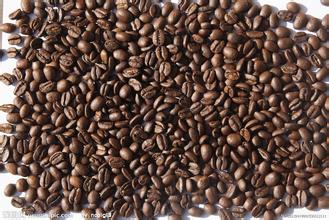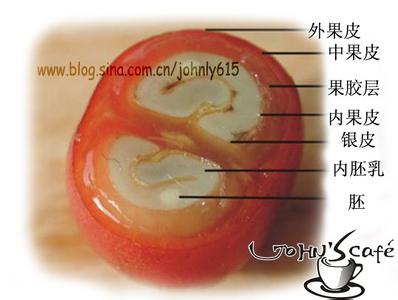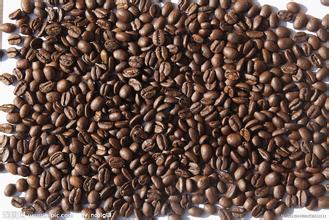Filter hand-brewed coffee-hand-ground coffee filter without filter paper filter cleaning
Filter hand-brewed coffee-hand-ground coffee filter without filter paper filter cleaning
[parts description]
"hand cup-tea cup": anyone with a mouth at home is fine.
The most commonly used cups here are three-hole, two-and-four-person cups.
A cup of the same size is selected according to the size of the cup.
The capacity of glass commonly seen in the workshop is about 400c.c. Left and right.
"Cup": for the bottom of the cup.
Usage of "hand-made coffee" _ 1:
First fill the coffee cup with water (cold. All can be poured into the glass to measure the amount needed for a cup of coffee. You have to make a mark.
Usage of "hand-made coffee" _ 2:
The cup stands on the little one. Pour boiling water into the hand cup and let it drop slowly. (if you have a gauge, you can insert the medium temperature and the cooking time is about 85-90 degrees.)
Usage of "hand-made coffee" _ 3:
After putting the powder into the upper cup and serving the lower cup, place the lower cup on a small fire (it seems to be upside down at this time).
Usage of "hand-made coffee" _ 4:
Pour with boiling water so that the pan is flat on the cup and remove the cup and glass, then pour out.
Usage of "hand-made coffee" _ 5:
Pour the coffee powder (about 1-1.5 ladles per cup) into the cup, pick up the cup and pat the noodles with your hands to make the surface of the coffee powder slightly flat.
Usage of "hand-made coffee" _ 6:
Start from the center of the cup by hand, and then soak the coffee powder out. (the water in the hand is about 85-90 degrees after completing step 4-6.)
Usage of "hand-made coffee" _ 7:
Soak the coffee powder and let it stand for about 20-30 seconds (this is called boiling water or steaming). The water column of the flower tea is very large. Here we use the method of boiling water to protect the strength of the coffee.
Usage of "hand-made coffee" _ 8:
Pour water from the center of the cup with your hand until close to the end of the cup (don't touch the coffee powder next to it) and come back. Repeat this until the next seat is served with a cup of coffee.

Important Notice :
前街咖啡 FrontStreet Coffee has moved to new addredd:
FrontStreet Coffee Address: 315,Donghua East Road,GuangZhou
Tel:020 38364473
- Prev

Ratio of freshly ground coffee beans to water-ratio of hand-washed coffee beans to water
Ratio of freshly ground coffee beans to water-ratio of hand-brewed coffee beans to water Uncle Coffee: hand-brewed coffee has become more and more popular in recent years, but some people still don't know much about the ratio of coffee powder to water, or they are still trying to adjust it. In fact, the best powder-to-water ratio is 1:13-1:15, that is, 10 grams of coffee powder. It is recommended to use 130cc-150cc water to extract coffee.
- Next

Italian espresso extraction-coffee bean extraction with foam
Espresso extraction-Coffee bean extraction has a layer of foam to fix the amount of powder, only adjusting the size of the powder is conducive to the habit of stable extraction. This is of great help to the standards of store products. It is also convenient for individuals to quickly find the best powder thickness when changing different beans. Take me, for example, the common powder quantity of double is 16g. When you want to present a skill in words, you will find a lot of inconvenience.
Related
- Beginners will see the "Coffee pull flower" guide!
- What is the difference between ice blog purified milk and ordinary milk coffee?
- Why is the Philippines the largest producer of crops in Liberia?
- For coffee extraction, should the fine powder be retained?
- How does extracted espresso fill pressed powder? How much strength does it take to press the powder?
- How to make jasmine cold extract coffee? Is the jasmine + latte good?
- Will this little toy really make the coffee taste better? How does Lily Drip affect coffee extraction?
- Will the action of slapping the filter cup also affect coffee extraction?
- What's the difference between powder-to-water ratio and powder-to-liquid ratio?
- What is the Ethiopian local species? What does it have to do with Heirloom native species?

